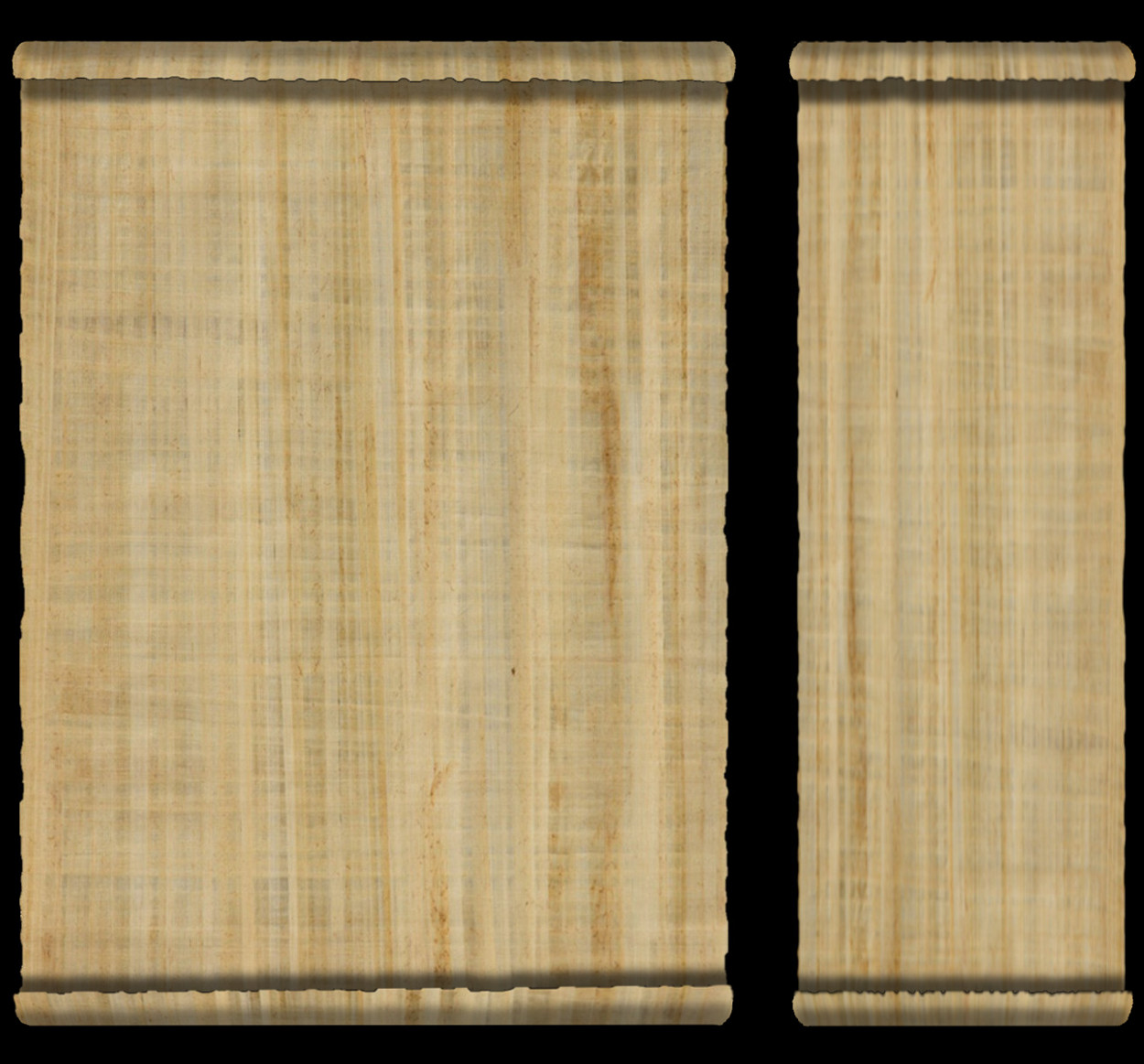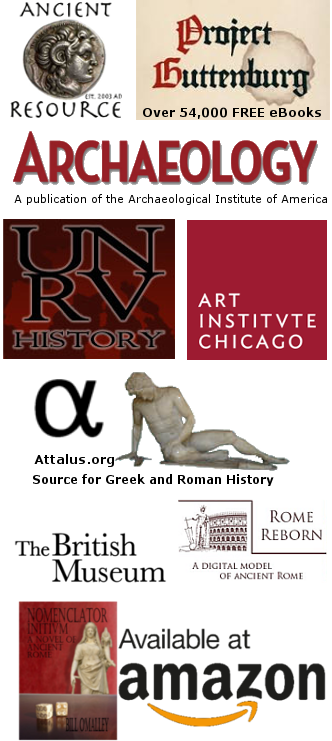



Calendar - See the Timekeeping page.
Campus Martius (Field of Mars) - A publicly owned area of ancient Rome outside the original city walls. It was about 490 square acres in size. Originally a gathering place for soldiers leaving for battle it was later used as an assembly area for citizens to be counted in the census. During the late republic and imperial period it gradually became built up with both public and private buildings.
Cappadocia The Inland territory in Asia Minor bordering eastern provinces.
Carcer Latin for prison, carcer most often referred to the Tullianum, the only public prison in Rome at the time of Nomenclator: Initium. It was located on the lower northeastern slope of the Capitoline Hill
Catilina See Catilina character page.
Cato the Elder - Roman soldier, politician, statesman, and writer of De Agricultura he was the great grandfather and role model for Cato the Younger.
Cato the Younger See Cato character page.
Catullus - Influential Roman poet (84 - 54 BC).
Censor - Elected city official. Censors hold office for 5 years to conduct census and enroll new citizens. The censors were also in charge of judging whether or not members of the senate and the social classes were sufficiently financially and morally qualified to retain their status.
Cicero See Cicero character page.
Cimbri - Germanic tribe defeated by Gaius Marius.
Circus Circus refers to an oval building with tiers of seats primarily used for chariot racing. The Circus Maximus was the largest Circus in Rome.
Cisalpine Gaul - The part of Gaul on the Roman side of the Alps.
Cleopatra - The last Pharaoh of Egypt. She appears in Nomenclator: Initium as a child.
Client - Patronage (clientela) was the distinctive social relationship between members of different social strata in ancient Rome, the patronus ("patron") and his cliens ("client"). The expectation was that the relationship was mutually beneficial.
Cloaca Maxima - The name literally means Greatest Sewer. According to tradition it was initially constructed around 600 BC to drain the marshes between the hills of Rome. Running under the central part of the city it carried waste water to the Tiber River. Parts of it are still functional today.
Clothing See the clothing page.
Codex The codex was the earliest form of a true book. It was made from sheets of parchment or papyrus bound together between wooden covers.
Comitia Citizen assemblies that met to vote on legislation and other public matters as well as to elect public officials. The 3 citizen assemblies were Comitia Curiata, Comitia Centuriata, and the Plebis Tributa.
Constitution - The formal 9though unwritten) structure of the Republican government.
Consul there were two annually elected consuls. They were the chief civil and military magistrates, elected through the assemblies by popular vote.
Corsica A Roman Province for more than five centuries. Corsica is an Island just to the west of the Italian peninsula and just north of Sardinia.
Cos island in the southeastern Aegean Sea near the coast of the Roman province of Asia.
Crassus - See Crassus character page
Crete - Greek island that was conquered in 69 BC by Quintus Caecilius Metellus and made into a province.
Croesus - The king of Lydia from 560 to 547 BC until his defeat by the Persians. Croesus was renowned for his wealth and as rich as Croesus became proverbial for immeasurable wealth.
Curia Hostilia The senate house of ancient Rome, reputed to have been built by Tullus Hostilius in the 8th century BC.
Cursus Honorum (Course of Honors) The sequence of Offices in the Roman government mainly held by Patricians.
These links are being provided as a convenience and for informational purposes only; they do not constitute an endorsement or an approval by Nomenclator Books or Bill O'Malley of any of the products, services or opinions of the corporation or organization or individual. Nomenclator Books and Bill O'Malley bears no responsibility for the accuracy, legality or content of the external site or for that of subsequent links. Contact the external site for answers to questions regarding its content.
